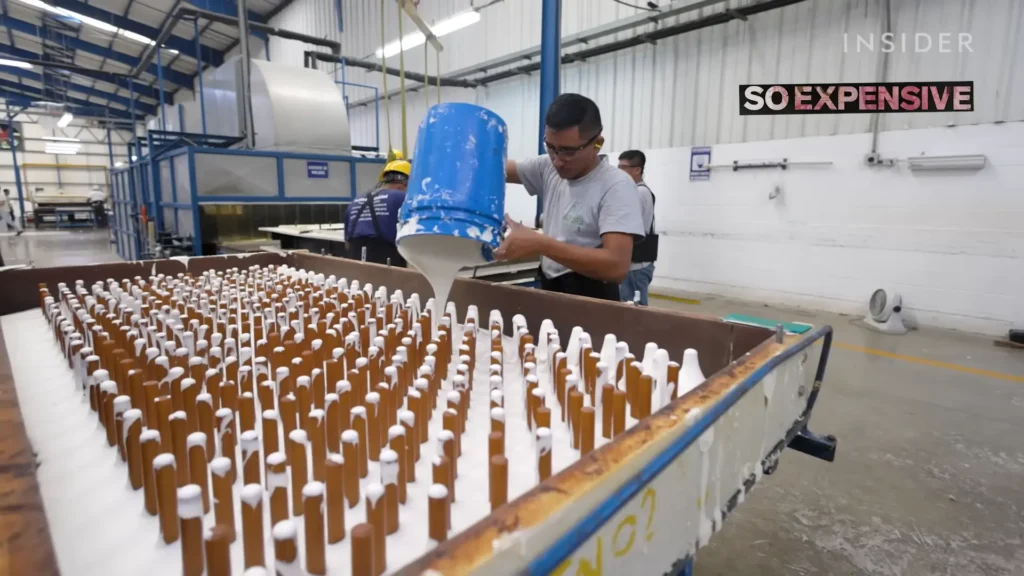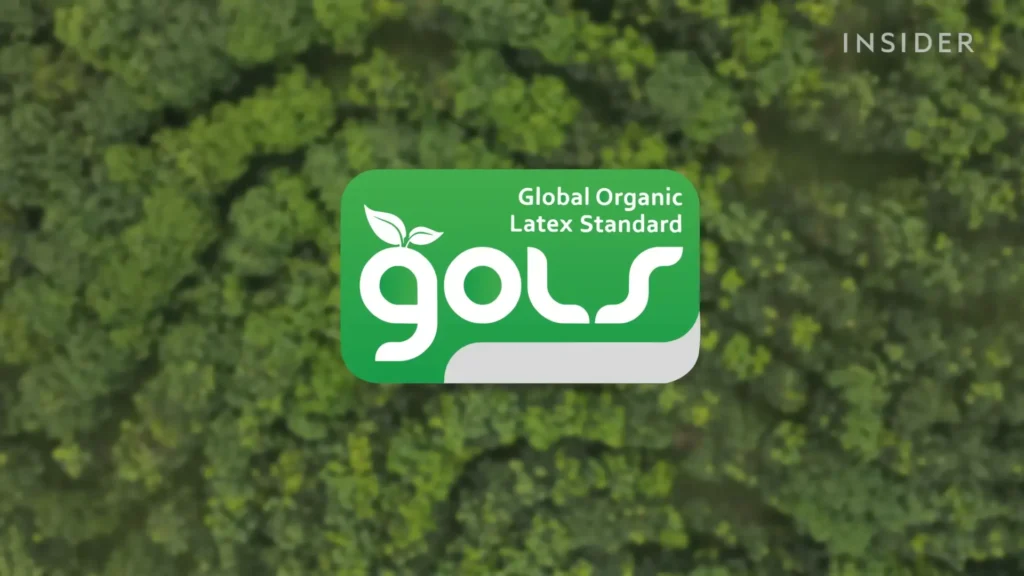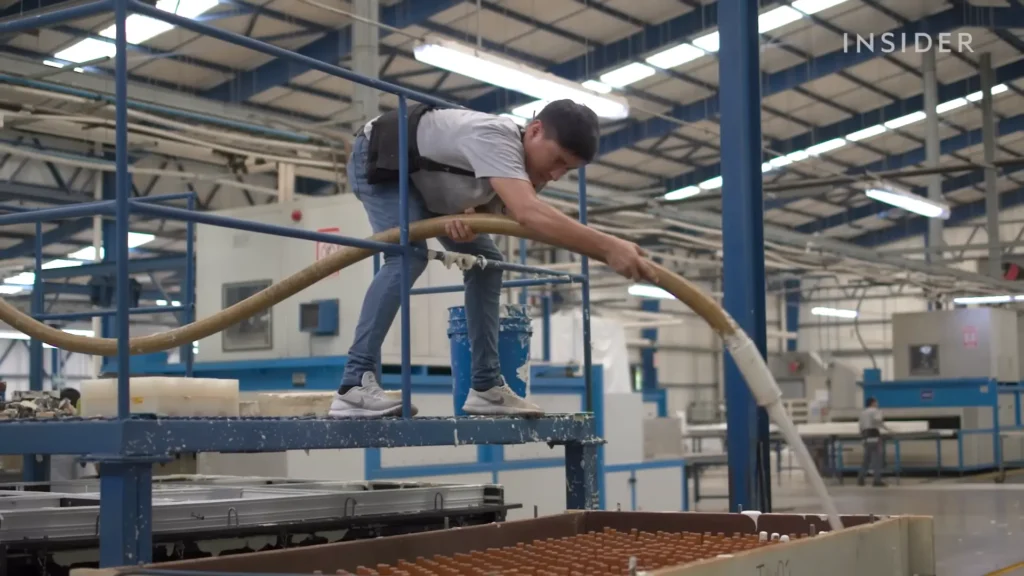Why Natural Latex Mattresses Are So Expensive
Natural latex mattresses are hypoallergenic, biodegradable, and very durable. However, natural latex mattresses vary in price, usually running between $1,500 and $4,000 for larger sizes like King, depending on quality and brand. Mattresses of this size are usually priced in the range of $700 and $1,500; therefore, it supports the claim that latex mattresses could be almost twice as costly as their memory foam alternativesLet’s break it down a bit more intricately, labor-wise from the rubber tree sap, and take a step back to explain why these mattresses are so pricey.
1. Harvesting the Latex
- Latex is extracted from rubber trees through a meticulous process called tapping. Workers in Suchitepéquez, Guatemala, begin their day as early as 3 a.m. to collect latex sap from around 700 rubber trees.
- This process requires precision and experience to avoid damaging the trees and to ensure the sap flows correctly. If left too long, the sap can solidify into crumb rubber, which is unsuitable for mattresses.
- Seasonal variations affect the yield. During summer, workers collects around 140 liters, while in winter, he doubles this output.

2. Processing the Latex
- After the morning harvest, workers consolidate the sap into large tanks. The latex sits for 12 hours, and then goes through a centrifuge to separate the rubber from water. This concentrated latex stabilizes over 45 days before being ready for the next stage.
- The Dunlop process, used to turn latex into foam, is a 19th-century method that remains the most energy-efficient today. The latex is mixed with stabilizers, whipped into foam, and then treated with a gelling agent before being vulcanized with radio waves.
- Every week, around 40 tons of latex foam is processed, with about 50 kilos of liquid latex required to produce one 30-kilo mattress core.

3. Sustainable Production and Certifications
- Grupo Fortaleza, the company behind the latex production, has adopted sustainable practices to ensure the health of its 2,000 acres of rubber trees. They are certified by the Forest Stewardship Council (FSC), which mandates ethical practices like avoiding child labor and using only organic products.
- Additionally, their products meet the Global Organic Latex Standard (GOLS), requiring a minimum of 95% organic latex. These certifications, while increasing the quality and ethical appeal of the product, also add substantial cost.

4. Economic and Environmental Challenges
- Historically, the demand for natural rubber has been tied to the automotive industry. During times of high demand, prices increase, but they drop sharply when demand falls. This volatility has created financial instability for rubber plantations, impacting the lives of workers and posing risks for exploitation.
- Natural latex production is vulnerable to environmental factors. Hurricanes and excessive rain can halt tapping and damage infrastructure, while droughts reduce latex output, affecting overall production capacity.
5. Working Conditions and Ethical Concerns
- Workers on regulated plantations like Grupo Fortaleza work under humane conditions, protected by ethical standards. In contrast, workers on unregulated plantations often face long hours, low pay, and exposure to harmful chemicals.
- Maintaining these ethical standards helps Grupo Fortaleza remain profitable and retain its workforce, but it requires a premium price to support the operation.

6. The Growing Market for Natural Latex Mattresses
- The global market for natural latex mattresses was valued at $9.7 billion in 2021, with projections suggesting it could reach $20 billion by 2032. Despite market fluctuations, consumer interest in organic and sustainably produced mattresses continues to grow, adding value to the product.
Conclusion
In summary, the higher cost of natural latex mattresses can be attributed to three reasons: labor-intensive production in harvesting and processing the latex, sustainability certifications to maintain environmental integrity, battling with the environment, and an ethical way of working. Together, these processes ensure an exceptional, eco-friendly product of durability that is able to justify its price level.







